No products in the cart.
List of Top most sold Cars in last 10 years, India- know details about them
Over the last decade, the Indian automobile industry has garnered global attention due to its remarkable growth potential. However, despite this growth, the industry of cars still holds untapped potential in various segments while grappling with challenges related to pricing and the diverse demographics of the country.
On average, the industry produces around 300,000 units per month, but the market is largely dominated by four major players: Maruti, Hyundai, Tata, and Mahindra. Among these, Maruti Suzuki leads the pack with a commanding 50% market share.
Examining the top performers over the past decade:
Alto:

The Suzuki Alto, a budget-friendly family hatchback, established itself as India’s most reliable and fuel-efficient car. Maruti Suzuki’s strategic focus on rural markets and a series of innovative iterations like the Alto 800, Alto K10, and the 1000cc engine variant kept customer interest high. The challenge for Alto lies in economic slowdowns, pandemic impacts, and a shift in preferences toward higher-end hatchbacks and SUVs in urban centers.
Dzire:
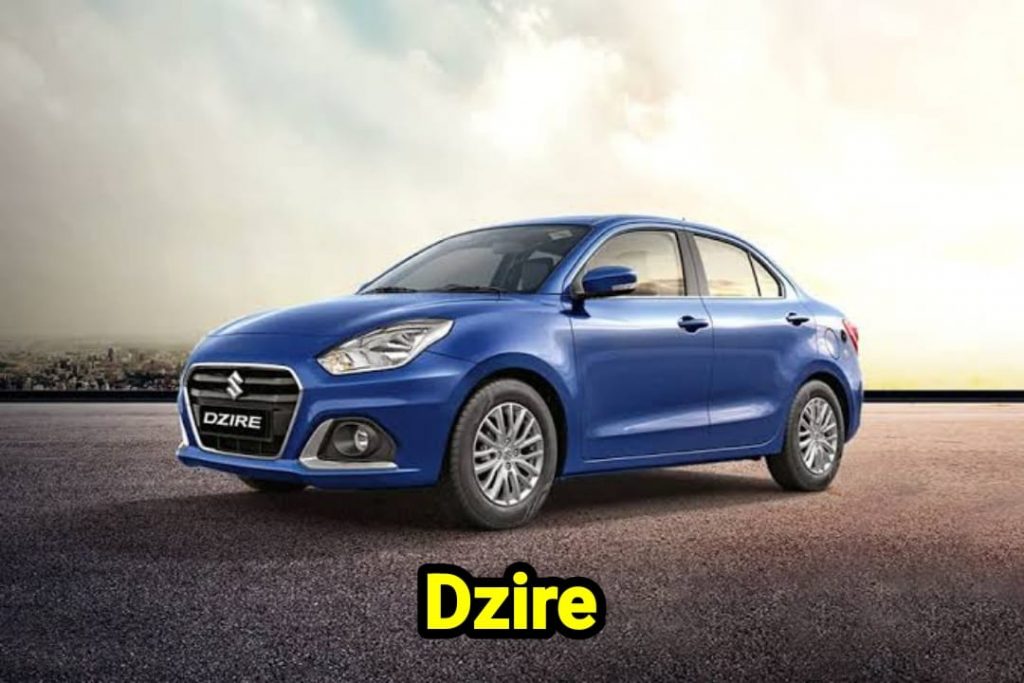
Maruti Suzuki’s subcompact sedan, the Dzire, gained traction as a preferred choice among ride-hailing services. Initially available in both petrol and diesel, the shift away from diesel and pandemic-induced disruptions affected its sales.
Swift:

Maruti Suzuki’s flagship hatchback, the Swift, captivated small families with its modern design and features. Frequent innovation and feature additions contributed to its popularity.
Wagon R:
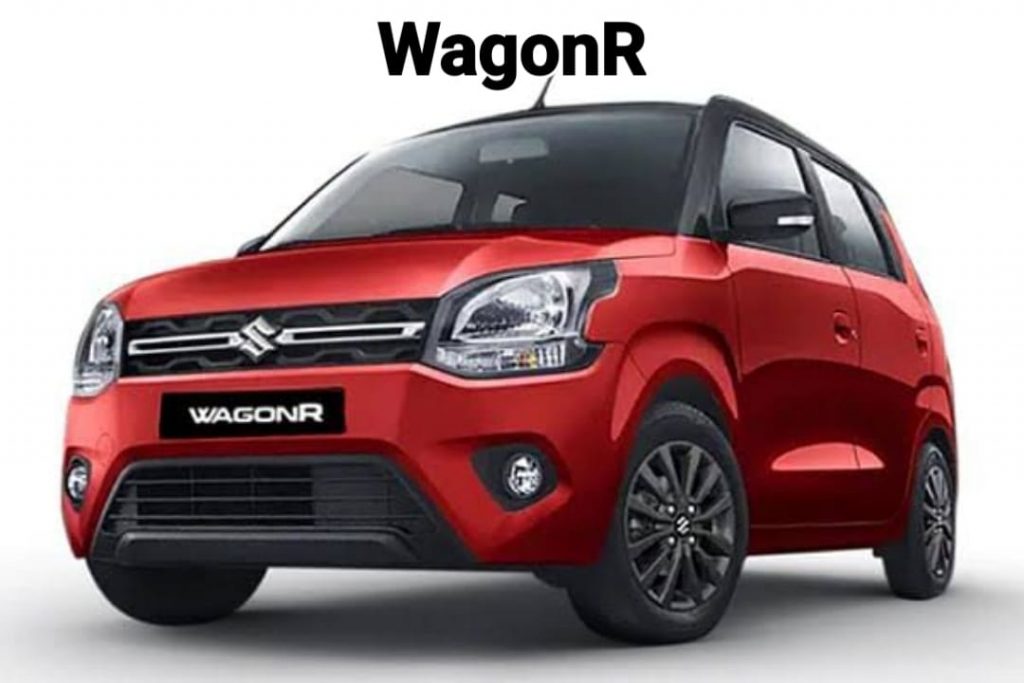
A popular hatchback is known for its urban suitability, available in petrol and CNG variants. Multiple generations and safety features like ABS and airbags kept it in demand.
Elite i20:
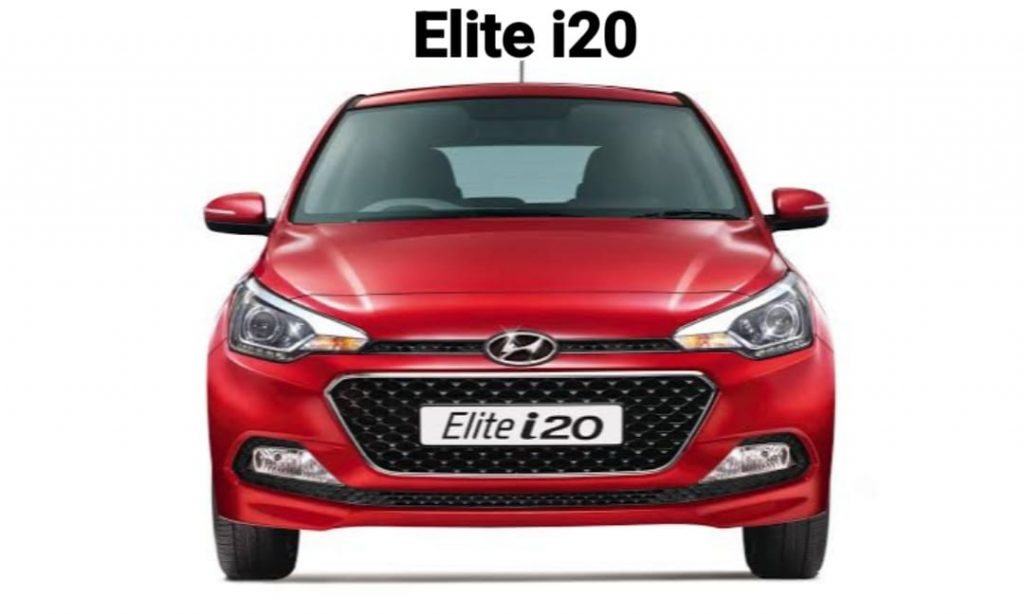
Hyundai’s flagship hatchback gained a strong following with its modern design, premium interiors, and safety features. It evolved from the Santro lineage and steadily grew its customer base.
Grand i10:

Hyundai’s Grand i10, succeeding the Santro, attracted customers with its international styling and appealing design. Despite being popular in export markets, it faced challenges in exceeding domestic sales targets.
Bolero:
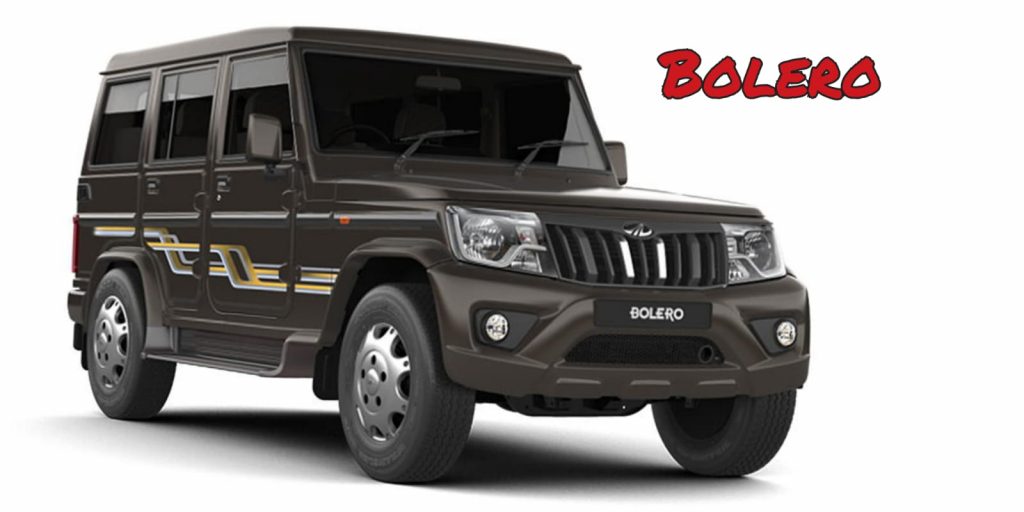
Mahindra’s Bolero SUV stood out with its robust design and engine. Available in various versions, it offered strong off-road capabilities.
Baleno:

Maruti Suzuki’s Baleno started as a hatchback but transformed into a premium crossover, sold through exclusive Nexa showrooms. This premium strategy bolstered its image and sustained its strong performance.
Eeco:

The Eeco, a 7-seater pickup car, found its niche in large families, schools, and tourism. It presented a straightforward transportation option and posed no significant challenges.
Omni:
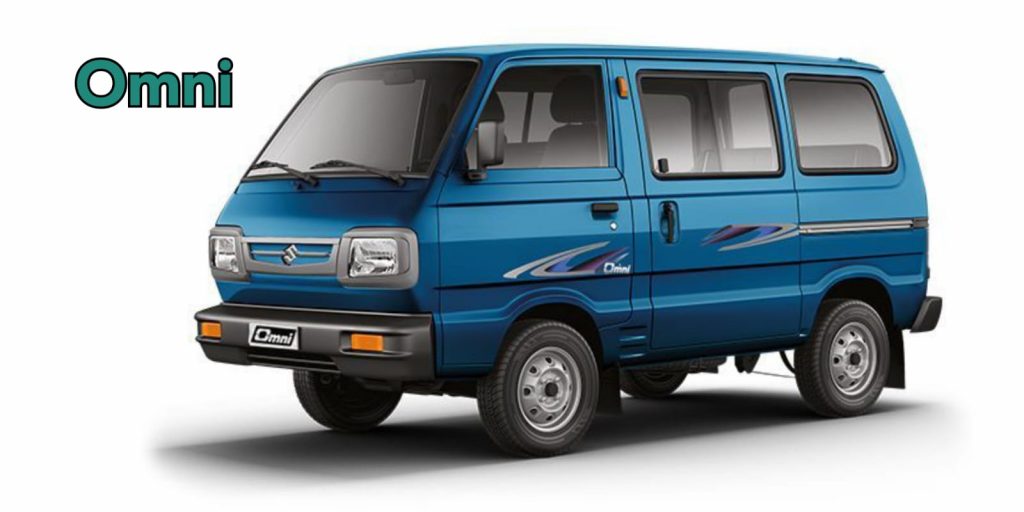
A versatile minivan used for personal and public transport purposes, the Omni faced challenges in meeting evolving customer expectations and comfort needs. Its production ceased in 2019.
Overall, these top performers have exhibited different strategies and adaptations over the decade to maintain their market presence amid changing trends, economic fluctuations, and shifting customer preferences.








